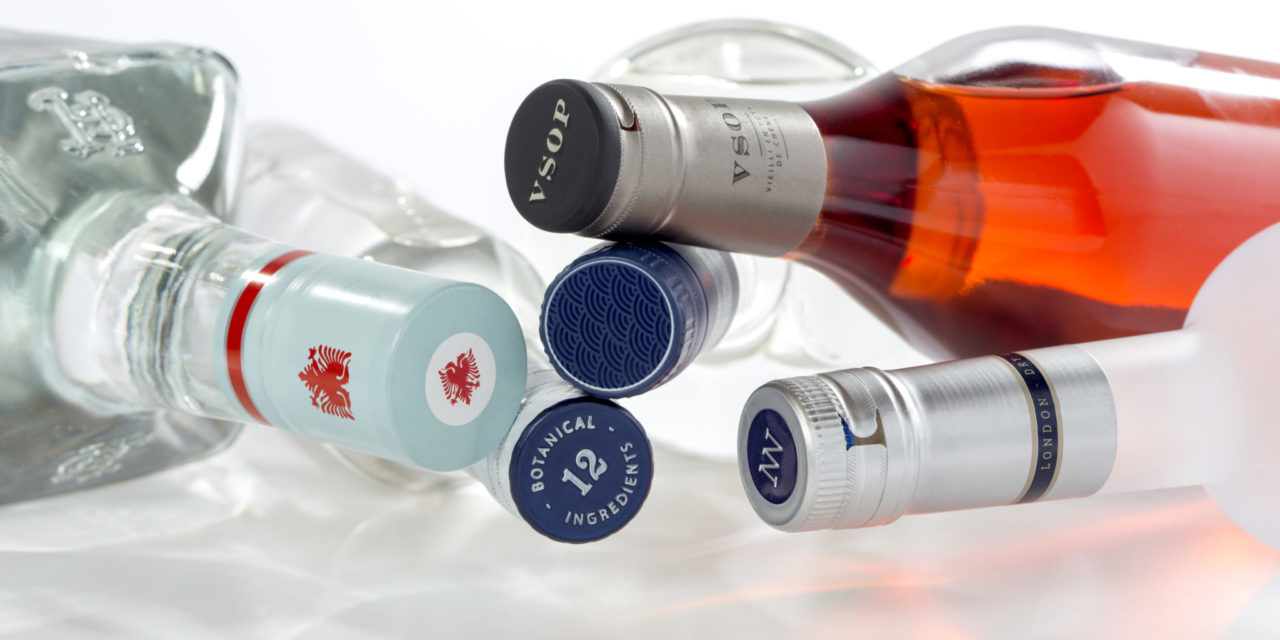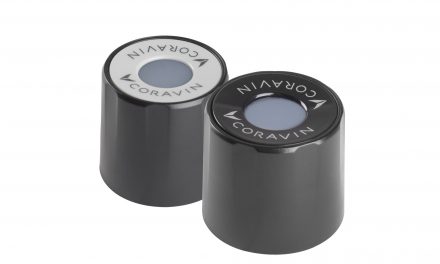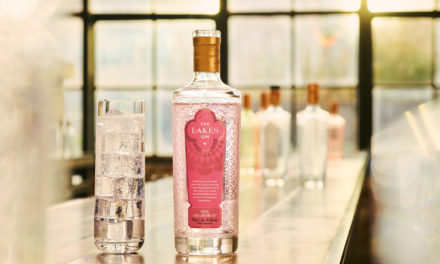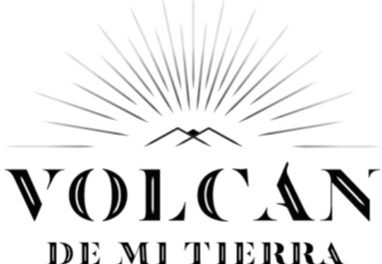Outsider Cellars’ wines are aimed at younger and active wine drinkers. The Orange County, Calif.-based winery offers a red, white, and rosé in plastic bottles that make them convenient for people going to the beach, hiking, cycling, or having a picnic. When it came time to pick a closure, Jack Flynn, who’s owned the winery since 2017, wanted something that would match his marketing effort.

“Using Novatwist was an integral part in our sustainability process.” —Jack Flynn, Outsider Cellars
“It’s always going to be a twist-off closure,” he says. “You’re opening the wine a couple of hours after you buy it, and you don’t want to take a corkscrew with you to open the bottle. And since it’s a plastic bottle, it needs a plastic closure.”
Outsider uses the Novatwist closure, which can best be described as a plastic version of a traditional metal screw cap. Pop it on, either with a machine or by hand, and it seals the wine and then screws back off. Flynn’s decision is about more than using a plastic closure for a plastic bottle. It speaks to the trends—and significant changes—in closures over the past several years.
“The Novatwist closure is all plastic, so when the bottle is being recycled the sleeve on the neck of the bottle lets the bottle continue along the process,” he says. “If the sleeve were metal, the bottle wouldn’t be able to be recycled. Using Novatwist was an integral part in our sustainability process.”
Manufacturers and producers of beer, spirits, cider, and wine strive to keep current with the latest technological trends and improvements to ensure product quality. That includes embracing an upgraded environmentally friendly approach based on consumer demands for more and better green packaging. It also takes in the need for improved performance, particularly for wine cork closures. Pricing is never far from the discussion, either. But—and this may be the biggest change—closures are now also about marketing. Gone is the time when beverage producers considered corks, screw caps, bottle caps, and the like as just something on the top of the container to keep the liquid from spilling out. As part of this, the capsule has become an integral part of the closure choice.

“When you look at packaging today, there isn’t a single thing on it that doesn’t speak to your brand, even something as small as the closure.” —Steve Matthiasson, Matthiasson [Photo by Emma K Morris]
Post-modern trends
As recently as five or six years ago, the most important consideration in choosing a closure was cost: Could it get the job done at a price the producer was happy with? But much has changed since then. Premiumization, the consumer preference for more expensive wine, beer, and spirits, has producers searching for ways to upgrade the appearance of their bottles to make them look like a more expensive product. It’s not enough to have a closure that works; it has to look like it belongs on a $25 bottle of wine, a $10 craft beer, or a $50 craft whiskey. That upgrade includes the closure and, where appropriate, the capsule.
“Premiumization is really affecting the quality, style, and design of the closure selection,” says Malcolm Thompson, chief innovation officer at Vinventions, which manufactures the Nomacorc PlantCorc, SÜBR micro-agglomerate, and Vintop screw cap lines of closures. “And this [trend] has been enhanced by technological innovation.”

“You can’t overlook how sustainability has become one of the new, most important trends.” —Malcolm Thompson, Vinventions
Hence, “Just buying on price is not necessarily the case now,” says Lucie Neubauerova, trade and communication manager for Amcor Capsules, a multinational manufacturer that makes capsules and closures for wine, spirits, and sparkling wines. A division of global manufacturer Amcor, Amcor Capsules’ portfolio includes the Stelvin screw cap (the original aluminum wine closure); a comprehensive range of tin, aluminum, and polylaminate capsules and sparkling wine hoods; and the recently launched EasyPeel capsule.
“The challenge now is that the closure has to be aesthetic,” Neubauerova continues. “Yes, price still matters, but brand owners want their image to be taken into account with the closure. When the bottle is sitting in front of a customer—especially if it’s on-premise—they don’t want to overlook the capsule.”
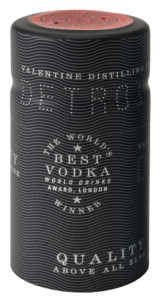
[Photo courtesy Maverick Enterprises]
Also important is how the bottle looks on the retail shelf, say several people interviewed for this story. It’s about style and design that’s as eye-catching as the label, and that makes wine presentation more important than it’s ever been. It’s telling that movement in this direction isn’t only from smaller producers, who’ve consistently embraced a more premium look and higher-priced products, but also bigger companies that didn’t always pay as much attention to what their products looked like on the shelf.
In addition, says Neubauerova, capsules-as-branding plays an increasingly important role in the spirits market, where visual innovation continues to differentiate a premium bottle from something less expensive, and where there have even been upgrades in closures on some less expensive bottles (thanks to the premiumization trend).
Printing upgrades

“The focus has always been on the label catching the consumer’s eye, but in the last five to 10 years, we’ve seen the capsule and the closure increasingly incorporated into that process.” —Shelby White, Maverick Enterprises
Technological advances, such as Maverick Enterprises’ digital printed capsules by Rivercap, are being driven by advanced designs. “[The tools and techniques] raises the bar on artwork for capsules,” says Shelby White, the company’s marketing coordinator. “It’s printing quality like never before.”

[Photo courtesy Maverick Enterprises]
“The focus has always been on the label catching the consumer’s eye,” says White, “but in the last five to 10 years, we’ve seen the capsule and the closure increasingly incorporated into that process. It’s now being designed so it will match the label or compliment it with unique artwork, as opposed to being overlooked.”
Sustainable options
Printing isn’t the only significant change. More and more, says Vinventions’ Thompson, producers of all beverage types are looking for increased closure performance—and they want it from an environmentally friendly product.
“You can’t overlook how sustainability has become one of the new, most important trends,” he says. “Clearly, there’s a demand for segment specific products. The United States is lagging behind a little, but it’s just a matter of time until it catches on here.
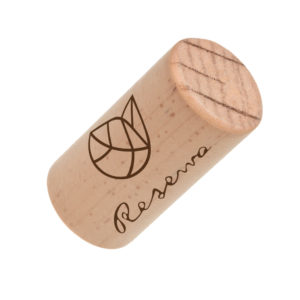 “As a company, we’re all over this. We want to take a leadership position and show the way for qualities like post-use recycling for a circular economy and bio-degradability.” In Europe, he says, sustainability is a “must have” feature that’s driving growth in several markets, including Italy.
“As a company, we’re all over this. We want to take a leadership position and show the way for qualities like post-use recycling for a circular economy and bio-degradability.” In Europe, he says, sustainability is a “must have” feature that’s driving growth in several markets, including Italy.
Flynn, who’s studied the relationship between casual wines like his and consumer preferences, asks: “What is sustainability?
“Times are different now, and consumers want to support brands that they see as sustainable,” he says. “So from a business standpoint, regardless of anything else, there was no way Outsider Cellars could use a metal closure and be seen as sustainable.” Green closures come in a variety of formats, including Vinventions’ Green Line, made from sugarcane and offering a range of oxygen ingress levels, and its glue-free, micro-agglomerate closures that use a plant-based binder instead of polyurethane glue.
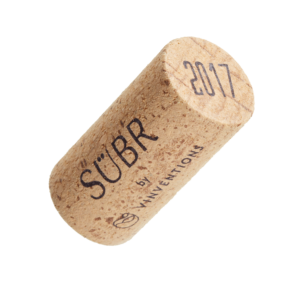 There’s also been a vast improvement in traditional cork closures, where TCA has been a problem for years. Research by companies including Diam, Cork Supply, and Amorim has reduced the occurrence of cork taint, with some natural corks guaranteed to be TCA-free.
There’s also been a vast improvement in traditional cork closures, where TCA has been a problem for years. Research by companies including Diam, Cork Supply, and Amorim has reduced the occurrence of cork taint, with some natural corks guaranteed to be TCA-free.
Inroads are also being made with screw caps, especially for wine, say several analysts and closure officials. Despite widespread acceptance for beer and spirits, acceptance of screw caps has lagged behind in the wine industry. But that may be changing.
Marc Kauffman, a consultant who works with Novatwist, notes that the screw cap numbers for wines costing less than $20 are higher, especially for white and rosé wines, than they are for more expensive wines. “It’s the idea that putting a cork, whether natural or composite, isn’t ideal [at a lower price point]. This is part of the innovation in the market and the increasing consumer acceptance of screw caps, where [something like a screw cap] can help give less expensive wines a unique identification.”
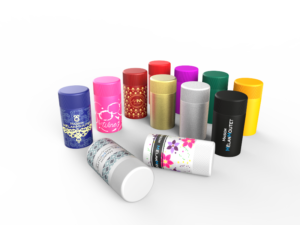
Novatwist closures
One trend boosting screw caps in wine, says Maverick Enterprises’ White, is the increasing popularity of rosé and white wines, most of which are closed with screw caps. The boom is contributing to what she sees as significant single-digit growth in screw cap sales over the past eight years.
The Bottom Line
Even with all this innovation, price and convenience still matter. Does the closure make sense economically? Kauffman says one selling point for Novatwist is that it doesn’t require a dedicated bottling line and can even be applied by hand.
Even larger closure companies aren’t immune to price and convenience considerations, says Amcor’s Neubauerova, but with the caveat that quality remains consistent. This is a significant change, especially for wine, and it’s something winemaker Matthiasson keeps in mind when choosing closures.
“We’re focused on traditional wine, so we need a traditional closure,” he says. “A cork is part of that. It looks like it belongs with our wine. It gives the consumer a sense of what we’re about, and relays a message about our precision and craftsmanship.”
And that’s the bottom line: Choose a closure option that fits your product’s image and conveys its personality. It’s a marketing approach that applies to closures for any product, and it will play an ever-increasing role as more and better choices become available.

